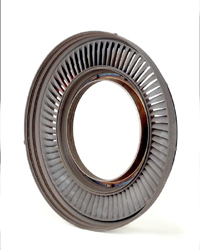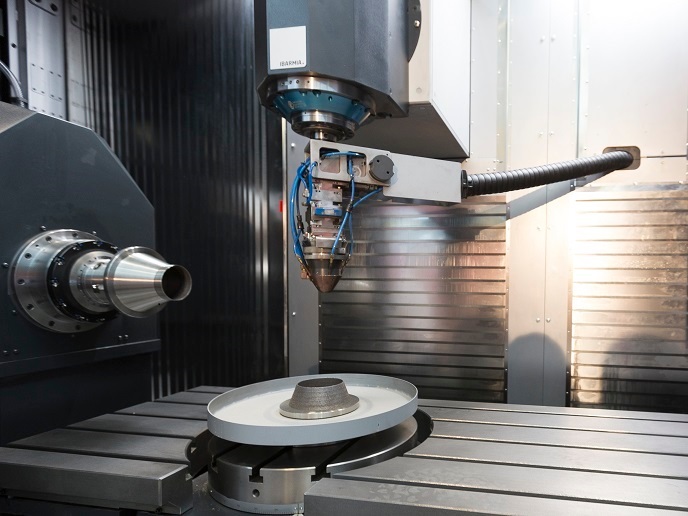Greener aeroengines and gas turbines
The UTAT consortium comprised 15 partners from 7 Member States and included major European manufacturers of aeroengines and stationary gas turbines. The project was established to reduce the life cycle cost and improve the efficiency and safety of turbomachines, which transfer energy between a rotar and a fluid. Improvements were achieved by reducing the number of turbine blades to increase the thrust to weight ratio and lower manufacturing costs and time to market. Altering the number of blades can also result in lower fuel consumption and a reduction in carbon dioxide (CO2) emissions by a fifth over the next ten years. Use of design techniques based on unsteady flow improved the performance and life duration of aeroengines and stationary turbines. The phenomenon of transition from a smooth laminar flow to a turbulent flow is not clearly understood, but directly influences the overall efficiency of turbomachines. Models that examined the transition to unsteady flow as a result of wakes and surface roughness were developed and tested through a series of experiments. The models were used in the numerical analysis of innovative designs for gas turbine blades and the results collated in a database that will help increase understanding of the transition process. Data from UTAT will enable researchers to develop aeroengines and gas turbines that are cheaper, more reliable, last longer and have reduced environmental impacts. Therefore, the project enabled European industry to become more competitive by facilitating the development of improved turbomachinery.







